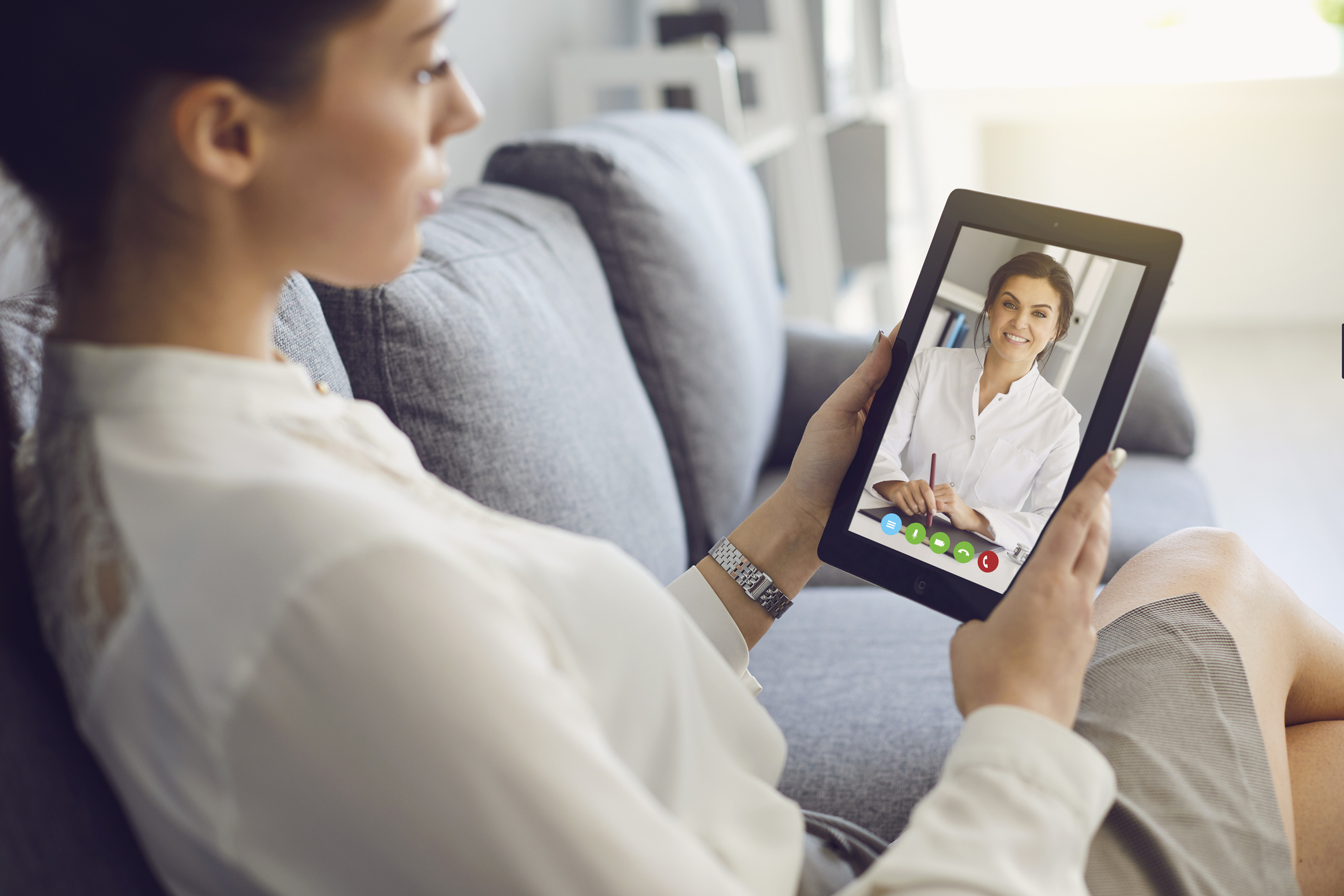
Since the outbreak of COVID-19, telehealth has expanded as providers and patients alike have sought alternatives to face-to-face visits. Many healthcare facilities with limited or no telehealth services prior to COVID-19 have embraced this new style of care, while others may still be working to adapt.
Parkview Health, a community-based health system headquartered in Fort Wayne, Indiana, has been using telehealth on a limited based for years, but COVID-19 turned a limited service into one of the backbones of their health system. Prior to the pandemic, Parkview Health averaged 68 video visits per week, with no visits done via telephone. Now they are averaging more than 5,700 video visits and 5,400 telephone visits per week — more than 80,000 in total since mid-March.
Building on existing technology
Rhonda Lindner is the neurosciences practice manager at Parkview Health. The neurosciences department had already been using the technology prior to COVID-19, so a lot of the staff was familiar with it. “We’ve been doing virtual telehealth appointments through a service called Parkview OnDemand, where patients can request an appointment for specific issues they might be having and connect with a provider,” says Lindner.
When the pandemic hit, however, Parkview expanded its telehealth program to include MyChart Video, a video app that is integrated into Epic, their electronic medical record system. Parkview providers had already been using MyChart to view patients’ records, but adding the video capability allowed them to adapt the platform for telemedicine visits as well.
Supporting patients and providers through transition
Lindner describes the expansion of Parkview’s telehealth program as “wildly successful,” but she admits there have been some challenges.
“There are certainly glitches and problems that you run into, but we have been able to overcome them,” she says. “Parkview has a wonderful group of support people to help our patients out when they’re struggling with their MyChart account — if they can’t get their video to work properly or maybe they’re just hesitant to use technology.”
Even the providers needed a little extra support. “Just like patients, some providers are not really technology savvy and so we had to overcome some hurdles there,” Lindner says. “We needed to provide lots of extra support and guidance to those providers to make sure they were feeling comfortable. We made sure that leadership was available to talk to and listen to the staff when they felt frustrated.”
The "new normal" will include expanded telehealth

“I don’t expect it to ever go away,” she says. “We have a lot of patients with conditions that make it difficult for them to get out, so this just opens up a whole new arena for us — the opportunity to see their provider virtually is a huge perk. Of course, there are patients who say they would rather wait until they can be seen in the office, but the majority of our patients are letting us know they love this technology.”
Lindner says that expanded telehealth has been a great triaging tool as well, allowing providers to figure out which patients need to be seen in-clinic based on what they are able to learn from the telemedicine visit.
“Patients understand and feel more confident when the provider says, ‘I need to see you in the office, because I can’t do this particular type of exam on you virtually.’ It gives them a better understanding of the provider’s thought process and how they are ruling out certain things to confirm their diagnosis. I think patients really appreciate that.”
The telehealth learning curve
For healthcare facilities adopting expanded telehealth as a substitute for in-office patient visits, there is an inevitable learning curve. But Parkview has found ways to ensure the success of their telehealth program.
“Make sure you have all of the right support mechanisms in place for your providers, your staff, and your patients,” Lindner says. “Running tests and trials is very important. Every single one of our providers did one or more test patients to make sure they were comfortable with the process and the steps they’d have to take.” Staff was also involved so they would know what their role is.
She also emphasizes the importance of patient communication. “Any way you can reach out to your patient populations and provide them with resources, guidance, and education about the services you are providing will help.”
And most of all? “Just breathe,” she says. “There are going to be problems, so be ready. You’ll get through it, and you’ll figure it out. Stay positive and keep pushing forward.”
This article was originally published on weatherbyhealthcare.com. Weatherby is a division of CHG Healthcare. Weatherby has physicians ready to help support an expansion of your telehealth program. For more information, view our telehealth locum tenens FAQ or give us a call at 866.632.5380.